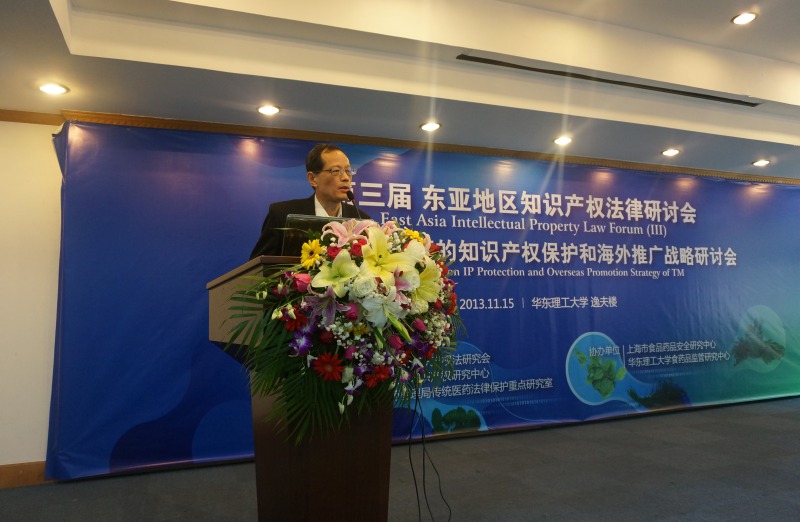An important genetic risk factors for Alzheimer's disease in China was found
Alzheimer's disease is the most common neurodegenerative disease in the elderly and has a high level of genetic heritability and population heterogeneity. Its heritability was reported to be up to 0.79. Previous linkage analyses have revealed genes involved in the production of Aβ plaques, namely APP (β-amyloid precursor protein), PSEN1 (Presenilin-1) and PSEN2 (Presenilin-1), as the causal genes for early-onset familial Alzheimer's disease. In fact, it is believed that in most cases the disease is polygenic and there are other causal and/or susceptibility genes remaining to be discovered.
Many of top hits in the European populations identified by GWAS or next-generation sequencing technologies cannot be validated in Chinese populations. The investigation for genetic susceptibility of Alzheimer's disease at the whole genomic level in Han Chinese, the largest ethnic population in the world with the greatest number of Alzheimer's disease sufferers, is therefore urgently needed. To this end, the team from Kunming Institute of Zoology. CAS had performed the whole exome sequencing (WES) of patients with Alzheimer's disease in Han Chinese to identify novel susceptibility genes.
In this study, the team identified an exome-wide significant rare missense variant rs3792646 (p.K420Q) in the C7 gene in the discovery stage (P = 1.09×10-6, odds ratio = 7.853). The risk-allele was associated with decreased hippocampal volume and poorer working memory performance in early adulthood, thus resulting in an earlier age of disease onset. Overexpression of the mutant p.K420Q disturbed cell viability, immune activation, and β-amyloid processing. Electrophysiological analyses showed that the mutant p.K420Q impairs the inhibitory effect of wild-type C7 on the excitatory synaptic transmission in pyramidal neurons. These findings suggested that C7 is a novel risk gene for Alzheimer's disease in Han Chinese.
Source: Chinese Academy of Sciences
Time: 2019.01.02
next:"Gene switch" makes cucumber create 8 billion economic value


